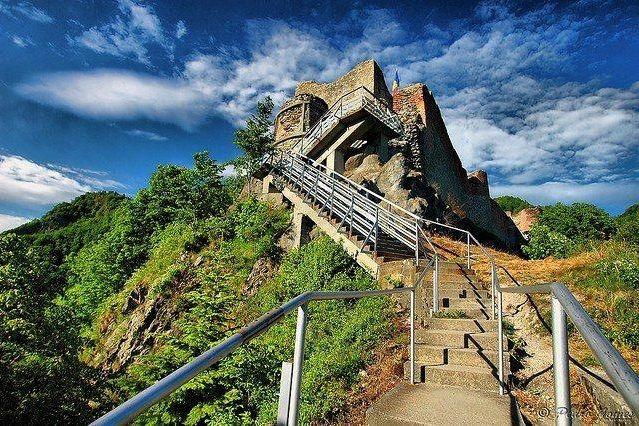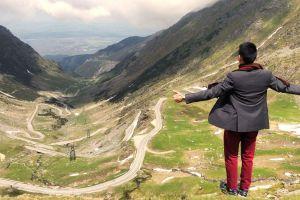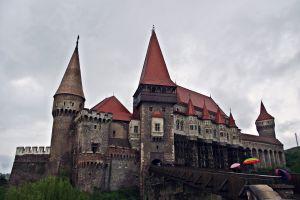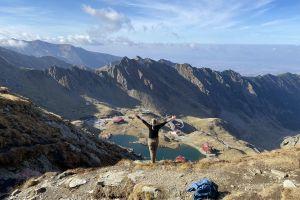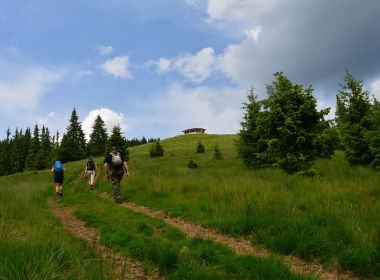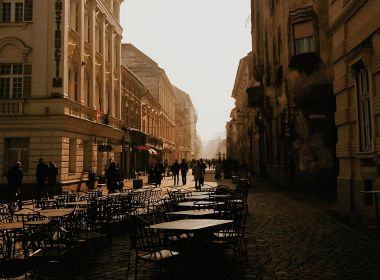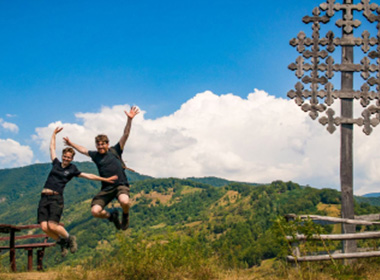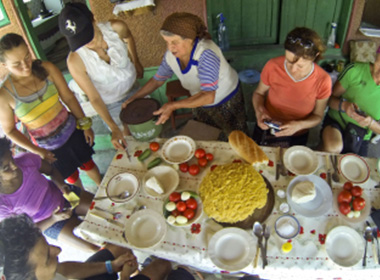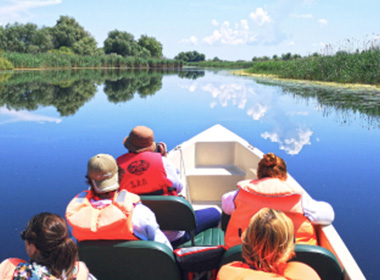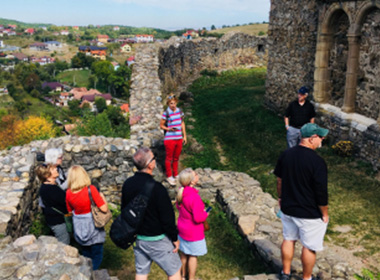Poenari Castle: the real Dracula Castle
Hidden by a lush forest and perched on top of a cliff at an altitude of 850 meters, you will find Poenari Castle, the residence of Vlad the Impaler also known as Vlad Dracula or Vlad III, a ruling prince of Wallachia (Romania’s region South of the Romanian Carpathian Mountains) in the 15th century.
For this reason, Poenari Citadel is also called sometimes the real Dracula’s Castle and included in ‘the real Dracula tour’ because, as opposed to Bran Castle, it actually has a real connection with the historical figure that inspired the fictional Count Dracula in the eponymous Bram Stoker novel.
Local tip:as Romania is often associated with Dracula,bewareof touristy, made up stories, wines and souvenirs that have nothing to do with real history and Romanian culture. We don’t promote commercial, tacky tourism and we want to give you the factual history of Vlad III and Vlad the Impaler’s Castle
Situated in Argeș County near Arefu Village, Poenari Castle offers an amazing vantage point from its height allowing travelers to dwell on the beauty of Făgăraș Mountains, Arges River Valley, and the Vidraru Dam with its hydroelectric plant.
As you continue driving up North towards the mighty Făgăraş Mountains, you’ll end up on the famous Transfagarasan Road. Note that the road is open for driving only between 15 June – 31 October. During this period you can reach Poenari Fortress on a day trip from Sibiu or Brasov, but outside of it only from Bucharest.
Though the castle dates from the beginning of the 13th century, today you will only see the castle ruins of Poenari Fortress. However, with help from technology, you can see below the reconstructed image of this formidable fortress and why it was considered to be impenetrable:
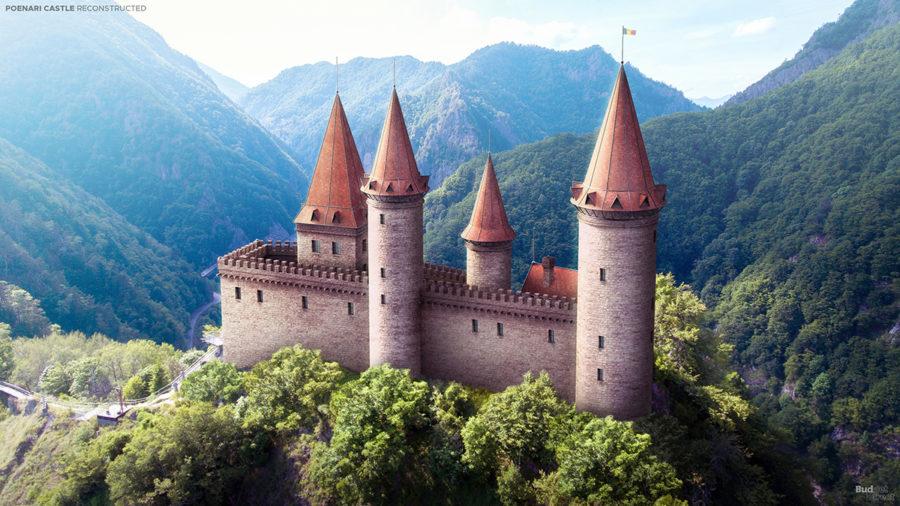
How Poenari Castle looked like before it became a crumbling fortress
History of Poenari Citadel
The first phase of the construction dates back to the beginning of the 13th century by the Wallachians. Negru Vodă, a the rulling medieval prince of those times is said to have built the first tower, giving Poenari castle its 14th century structure.
The defensive fortress has an elongated form, and architecture buffs can admire the 13th century mortar work used to attach the stone and brick construction directly to the cliff.
In the 15th century Vlad Dracula added the four other towers of Poenari Castle turning it into one of the main fortresses in the Carpathian Mountains. It soon became known as one of the impenetrable, major strongholds against the numerous attacks of the Ottoman Empire.
The chronicles of that time note that Poenari castle was one of the main places of residence of the Wallachian ruler making it a real part of Vlad Dracula’s actual life – unlike the many touristy made up stories and legends you will find about him.
Despite the fact that the castle was still used even after Vlad’s death, it was eventually abandoned by the first half of the 16th century.
As you climb to the ruins of Poenari Fortress, a guide may tell you that it was used as a refuge first, then a treasury, and later as a prison in the 19th century.
In 1913 a massive landslide caused several parts of the castle to detach and crash into the river below. Following the earthquake in 1940 and the great earthquake of 1977 (the strongest in Romania to date) Poenari Castle suffered massive damage, turning it into the crumbling fortress of today.
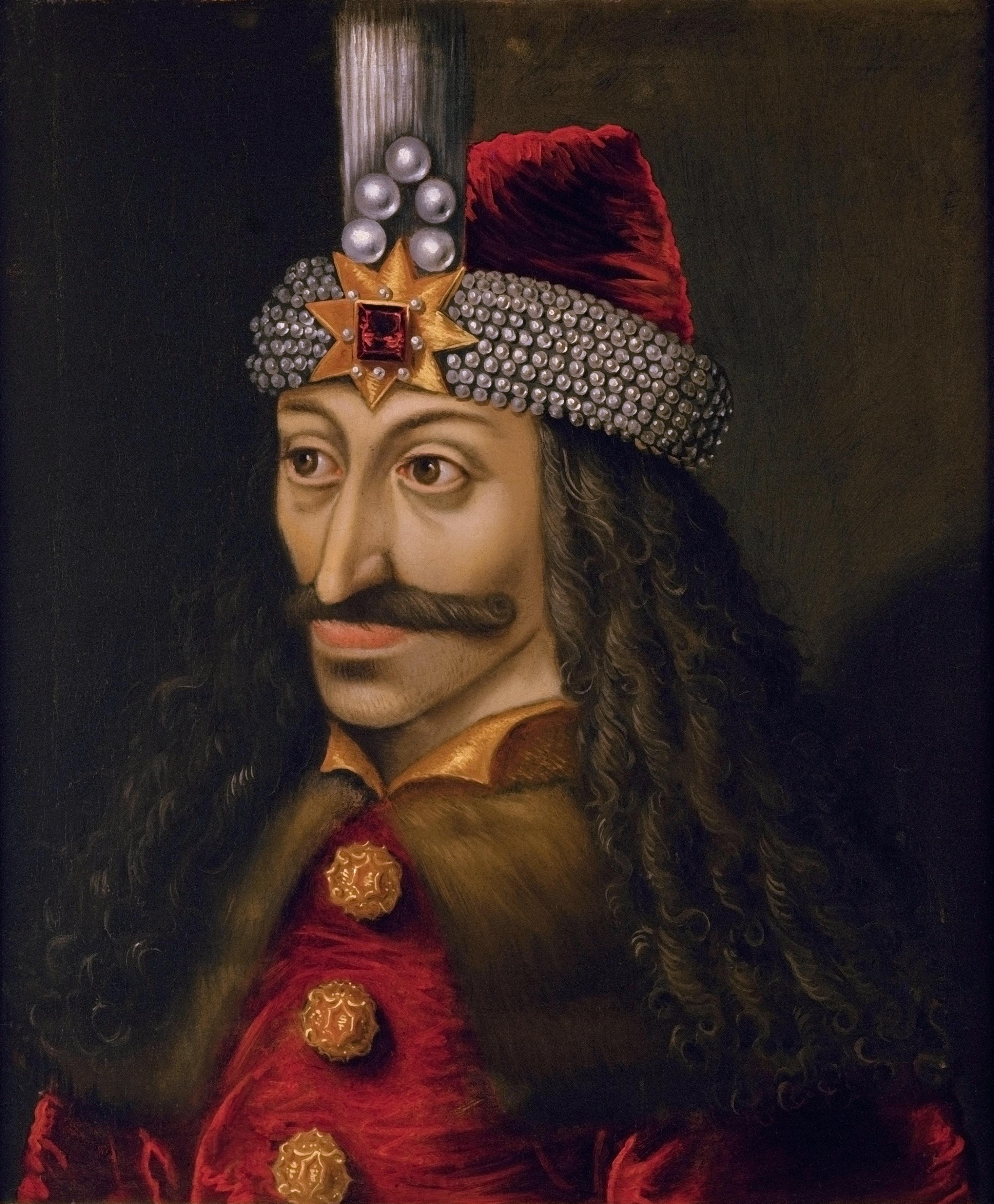
Vlad Dracula was the ruler of Wallachian in the 15th century
How Poenari Citadel is connected to Vlad Dracula
Visiting this historical monument will give you an insight into the lives of Medieval princes in Eastern Europe. First, to survive and have the necessary support against enemies, they had to forge alliances with their rich and influential neighbors.
A first look into Vlad’s fight against the Ottoman taking the lands he inherited from his father, Vlad Drăculea or Vlad II, reveals some common practices in this part of the world in the 15th century. When Vlad II sought the support of the Ottomans to secure his lands against his Hungarian neighbors, he agreed to send his two legitimate sons to serve as hostages and be a sign of his loyalty.
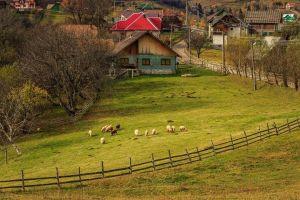
3-Day BEST of Transylvania Tour: Brasov, Sighisoara, Bran & Viscri
Start from: Bucharest
These two sons were Vlad Dracula or Vlad the III and Vlad’s brother, Radu cel Frumos, or Radu Bey in Turkish. Upon his father’s death, Vlad was released to take over control of his inherited lands.
But Radu converted to Islam and remained at the Ottoman Court. Furthermore, in the Turkish campaign led against the Wallachian prince, Vlad’s Muslim brother had the daunting task of leading 4000 horsemen in battle against his sibling.
A good way to secure alliances and power in medieval times was through marriage, which Vlad Dracula understood well. A legend regarding Vlad’s first wife has led to naming the nearby river Lady’s River (Raul Doamnei), as it is said that she threw herself off the walls of Poenari.
Some say it was because she had heard that the Turks were near the Poenari Castle and did not want to be captured. Others claim that Vlad’s wife was jealous of his supposed affairs...
Jusztina Szilagyi of Moldavia was his second wife. This marriage forged the relationship between Vlad and the Szilagyi family, deepening the bloody historic ties between Vlad the Impaler and Matthias Corvinus the King of Hungary and son of John Hunyadi who lived in Corvin Castle across the mountains in the region of Transylvania.
Jusztina was Corvinus’ illegitimate sister and the latter suggested the marriage after he had imprisoned Vlad for several years in the Budapest castle.
Vlad the Impaler brought Poenari Castle back to life when he became ruler of Wallachia in the 15th century. However, it is said that the local boyars were not willing to recognize him as a ruler and were plotting against him in an act of high treason. And it is this opposition that led to Vlad doing something that earned him his reputation.
As the legend tells, he attacked the boyars on the first day of Easter as they were celebrating. He impaled the old ones and started to walk with them on spikes. Frightened, the other boyars swore obedience to him.
He then ordered all the people to begin the reinforcement of the Fortress with their own hands. (A portion of the fortress had been affected by a great earthquake in 1466 and needed mending). Many of them ended up dying of exhaustion from working in very harsh conditions.
For good reason, Poenari Fortress then became known as the impaler’s castle. Believe it or not, this is a true Dracula story and you have a great chance of more about this if you go visit Dracula’s real castle with one of our tour guides.
Now, did Vlad Tepes need to be that violent in how he ruled? Unfortunately, yes.
He lived in very treacherous times, and much of Romania's medieval history was under the threat of Ottoman Occupation. Even Vlad’s death is surrounded by mystery as it is thought that he was ambushed in battle or assassinated and that his body was chopped to pieces so that the head could be sent to Sultan Mehmet II.
Another legend has it that he's buried in Snagov Monastery close to Bucharest which you can visit on another guided day trip.
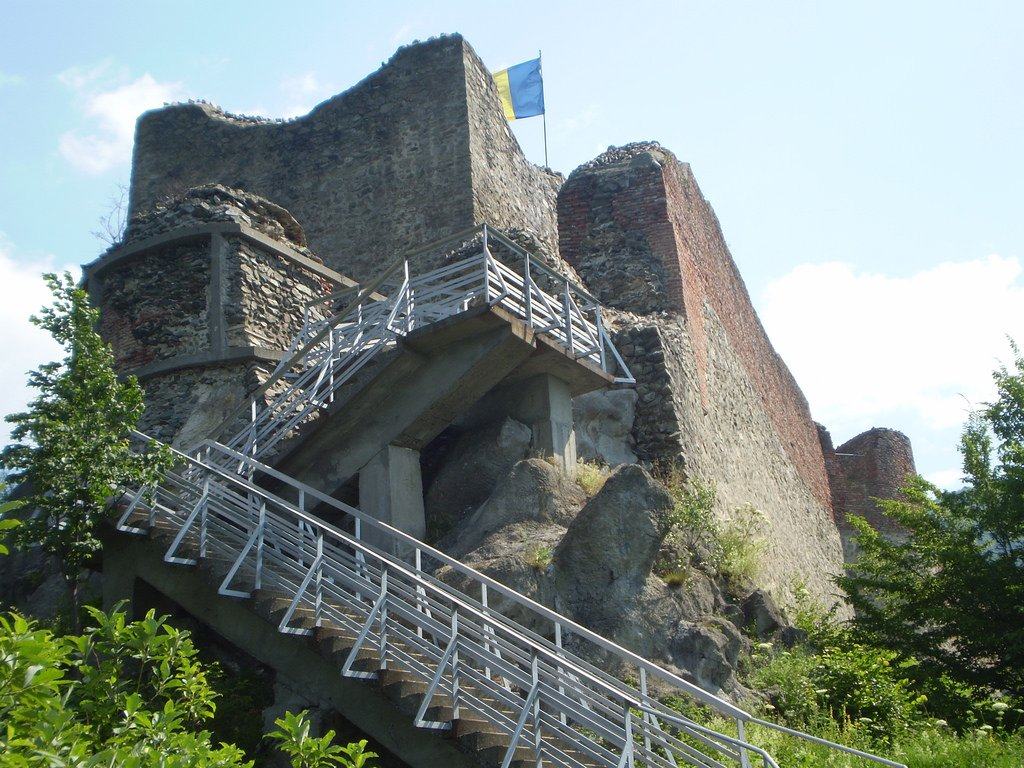
Poenari is one of the most famous castles in Romania
Is Poenari Castle worth visiting?
Is it worth the effort to see a ruined castle? It is if you want to leave Romania with the true story of Vlad the Impaler. After all, it would be a shame to have traveled this far and go back just with Hollywood or Bram Stoker’s version of Vlad Dracula!
Also medieval history and architecture buffs will be fascinated by this sight.
While most tourists flock to Bran Castle thinking that’s Dracula’s Castle, little do they know that it is this crumbling fortress tucked away in a thick forests that is the real fortress of Vlad the Impaler.
Is there any connection between the Turk-impaling Prince of Wallachia and Bran Castle? None.
Stocker, the famous Irish writer, never visited Romania nor checked the more basic facts about Wallachian princes. Back in 1880 there was limited knowledge of Romanian history so we can’t blame him for not knowing everything.
So this is the reason Vlad Tepes, a prominent historical figure and a hero for having kept the Turkish expansion at bay, was turned into the main character of the 19th-century sordid story of Count Dracula, a sultry blood sucker.
Add Hollywood movies, a pop culture fascinated by vampire legends and tacky tourism in a country without a proper tourism marketing strategy, and you have a confusing mixture of truth and pop-culture myths.
There are plenty of good reasons to visit Bran Castle, the palace where Queen Marie and the rest of the Romanian royal family enjoyed spending the summer season when they were not at Peles Castle.
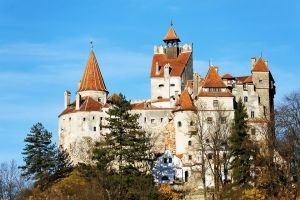
Private Day Trip to Brasov, Bran Castle and Peles Castle [NO Dracula stuff]
Start from: Bucharest
But the real Dracula’s castle and story you are looking for lies within the castle ruins closer to Curtea de Arges which is the closest town. On a day trip from Bucharest it will be on your left, but if you’re coming from Sibiu or Brasov it will be on the right side of the Transfăgărăşan road.
To get to it you have to climb 1480 steps as there is no tram car. But as you go up you’ll notice how this was an incredible strategic location for a major stronghold. Anyone taking refuge here could see potential threats from a distance as the only way up to meant enemies would have to embark on an uphill battle.
Since the authorities are aware of the appeal of Dracula’s castle and this particular part of national history to visitors, Poenari Castle recently underwent 3 years of restoration works that have been a long time due.
If you want to see it during your holiday in Romania, contact us and we’ll gladly suggest day trips or prepare a custom tour for you.
Places to visit
Related tours
-
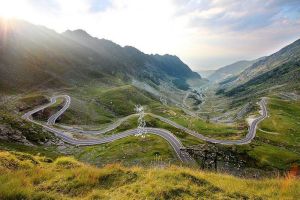
Transfagarasan Highway Road Trip
Start from: Bucharest
-

2-day Hike in Fagaras Mountains
Start from: Brasov (pick-up)
4 times a year we prepare a newsletter with local stories, places and our special insights about Romanian culture and local life that will inspire you to visit our country and have an authentic local experience. Would you like to get it?
